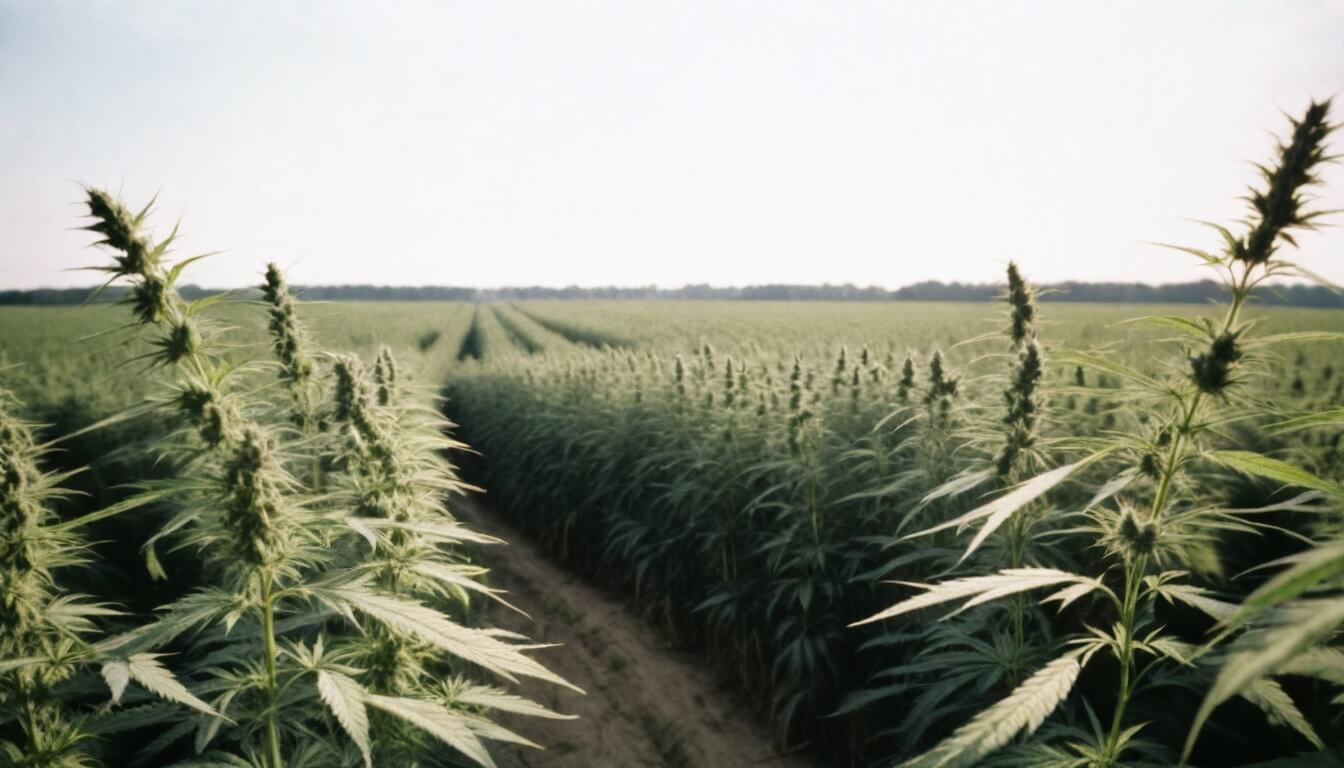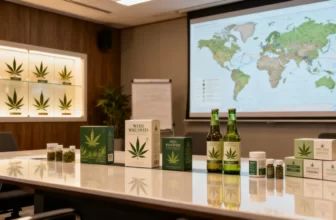The hemp industry in the United States is currently experiencing a revitalizing phase. Overcoming previous fluctuations, it has demonstrated stability and growth across several market segments. Rising prices and increased acreage in many states reflect this renewed vigor.
Economic Influencers in The Hemp Sector
The National Hemp Report highlighted that the overall hemp market reached $291 million last year, indicating an 18% increase from 2022. This upturn is catalyzed by a boost in production aimed primarily at fiber, which saw a remarkable growth of 133%. Another significant factor influencing economic dynamics is weather conditions, which played a crucial role in the advancement of the industry last year.
The Rise in Value Across Production Methods
In particular, outdoor-growing sectors witnessed a significant appreciation, with the value of hemp flowers escalating by 35% to achieve a record $241 million. Price per pound also surged by 8.6%, illustrating strong demand and favorable market conditions.
Conversely, indoor hemp cultivation focusing on clones and transplants marked a notable price rise of 61%, and seed production found extraordinary output levels, climbing 96% in value.
A Regional Perspective: Kentucky’s Leading Role
Kentucky retains its status as a key player in floral hemp production, largely due to its optimal agricultural conditions. These regional factors contribute considerably to the broader national success story.
Demographic Insights and Potential Challenges
Despite the positive financial trajectories, demographic insights reveal a somewhat uniform profile among hemp producers, predominantly identifying as male (82%) and white (90%). Age distribution shows that less than a fifth of farmers are older than 65, which poses potential implications for future participation diversity.
Prospects and Future Directions
After a rollercoaster of highs and lows over recent years, the stability and profitability now evident suggest promising prospects for sustained growth. Stakeholders maintain a cautiously optimistic outlook regarding the hemp industry’s long-term trajectory.
Implications for Larger Economic Patterns
The buoyant revival of the hemp sector can be seen as parallel to broader agricultural trends and consumer preferences pivoting towards sustainable and versatile natural materials. This symbiotic relationship underscores the potential for continued innovation and expansion.
Enthusiasm surrounding these developments remains high among industry analysts, policymakers, and entrepreneurs alike. As challenges wane and opportunities flourish, the domestic hemp industry stands poised for success, marking an exciting chapter in agricultural economics within the U.S.





